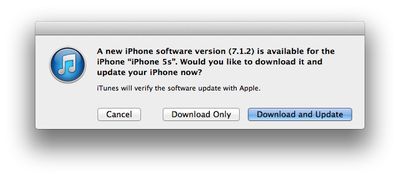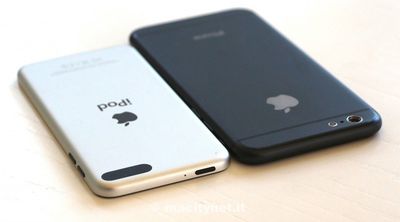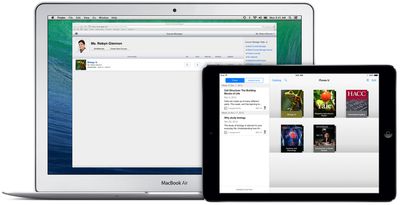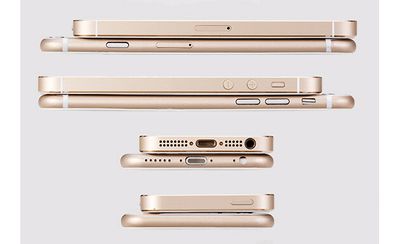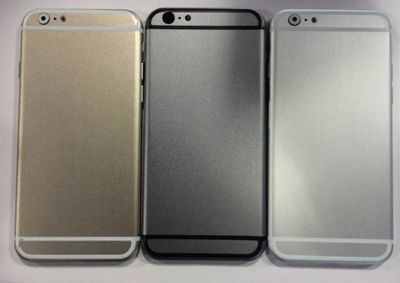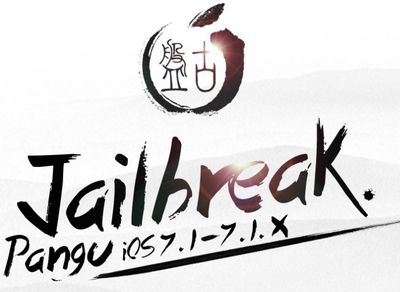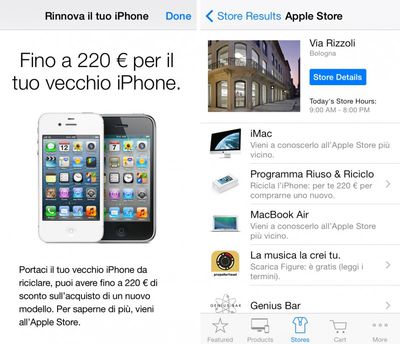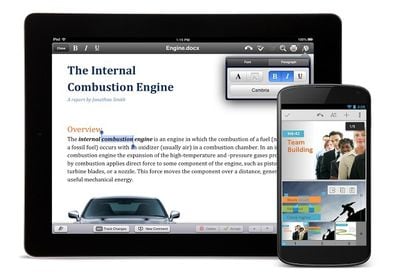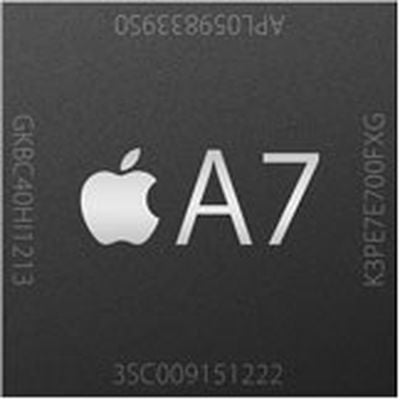 Samsung and GlobalFoundries have landed orders from Apple to produce the 14-nanometer A9 processor starting next year, reports DigiTimes. The 14nm chips will be rolled out of GlobalFoundries' Fab 8 factory in Malta, New York, which Samsung will also use to produce Apple's A-series chips.
Samsung and GlobalFoundries have landed orders from Apple to produce the 14-nanometer A9 processor starting next year, reports DigiTimes. The 14nm chips will be rolled out of GlobalFoundries' Fab 8 factory in Malta, New York, which Samsung will also use to produce Apple's A-series chips.
According to Samsung and Globalfoundries' roadmap, the two foundries plan to push their initial 14nm LPE (low power early) process, which was verified in February, into risk production in the fourth quarter of 2014 and small volume production in early 2015, the sources indicated.
The report also notes that longtime Apple partner Taiwan Semiconductor Manufacturing Company (TSMC) will attempt to secure orders for Apple's A9 chip by introducing new semiconductor processes by early next year. Apple is also reportedly considering Intel as a partner to produce the A9, according to the sources.
Last year, it was reported that Samsung and TSMC would be sharing production of Apple's A9 chip in 2015, with the former producing 30% to 40% of the total order. Samsung and GlobalFoundries have aided each other throughout the past year, with Samsung helping set up the Fab 8 factory last year and GlobalFoundries providing the backup location when needed. Samsung and GlobalFoundries announced in April that they would be adopting the same chip production process to prepare for next-generation mobile devices.
Apple's 14-nanometer A9 processors are expected to be used in the company's 2015 iPhones and iPads. Meanwhile, this year's forthcoming iPhone 6, iPad mini 3 and iPad Air 2 are expected to use Apple's 20-nanometer A8 processor, which is being produced by TSMC. Samsung was said to be splitting the production load for the A8 with TSMC, however the company is said to have dropped out due to low yields.



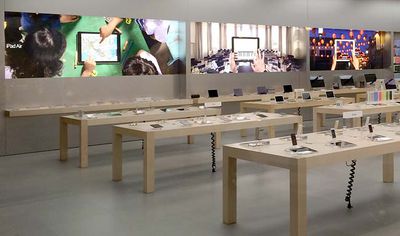
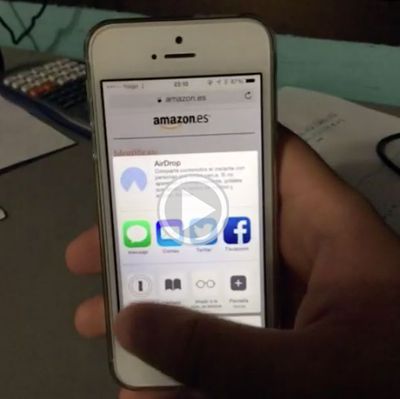
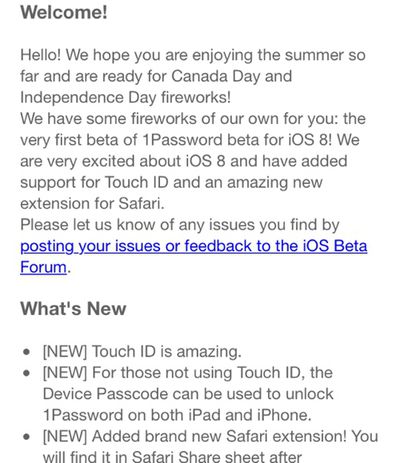
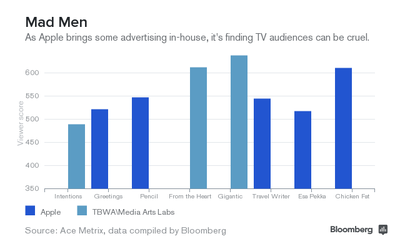
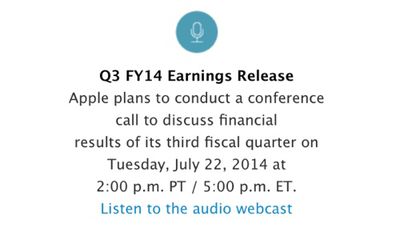
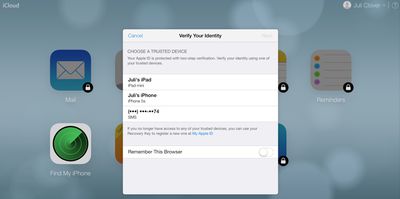

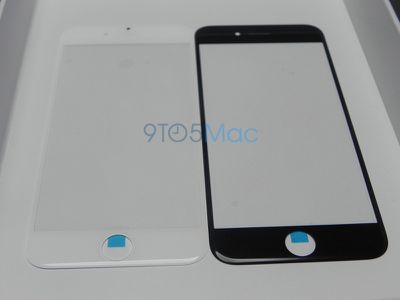
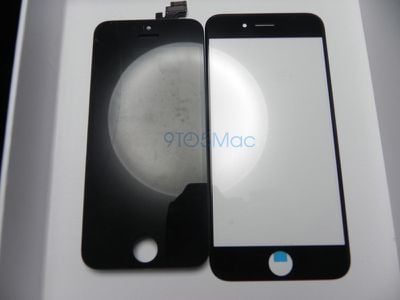
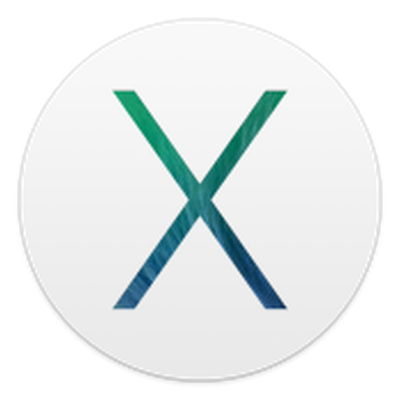 Apple today
Apple today 